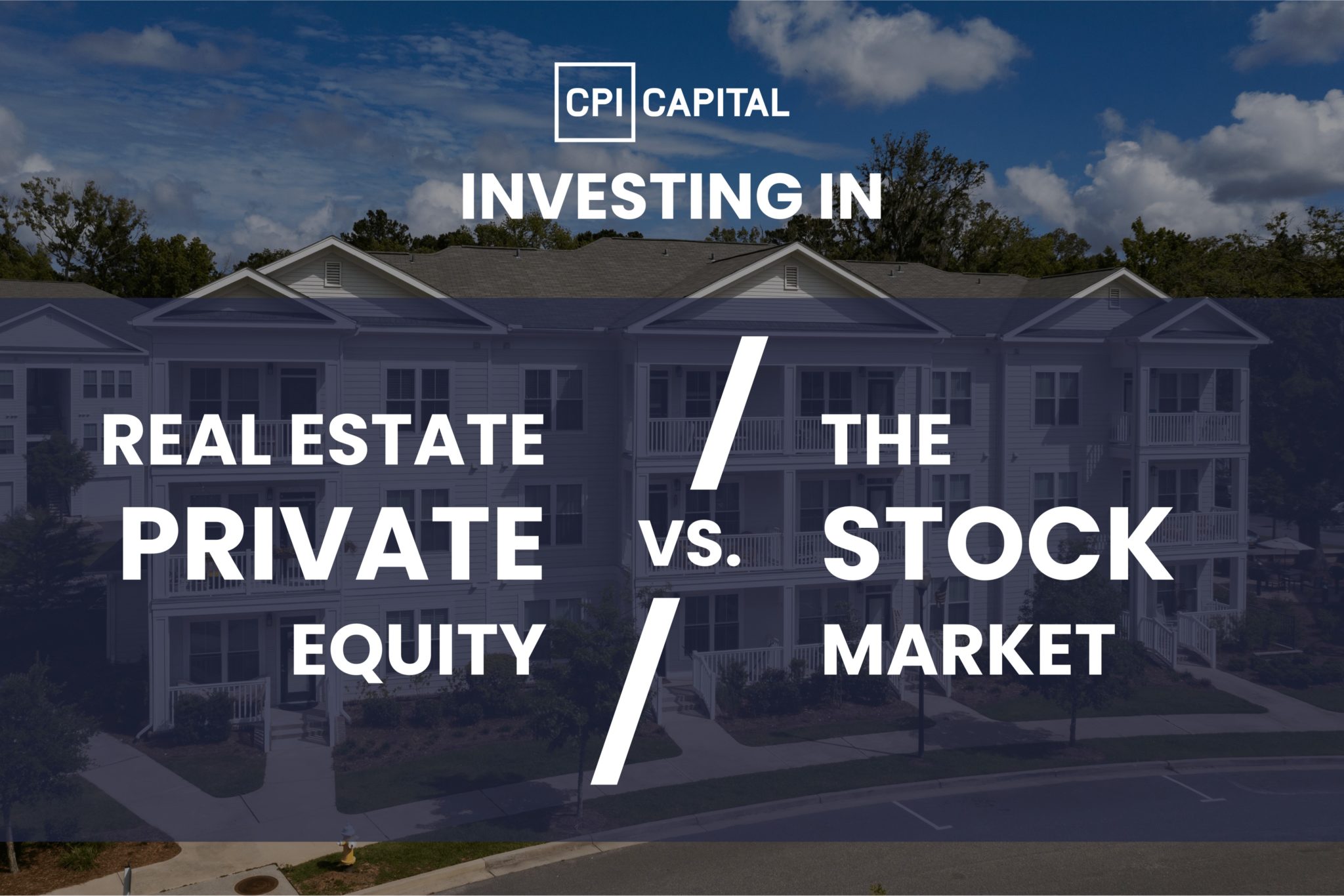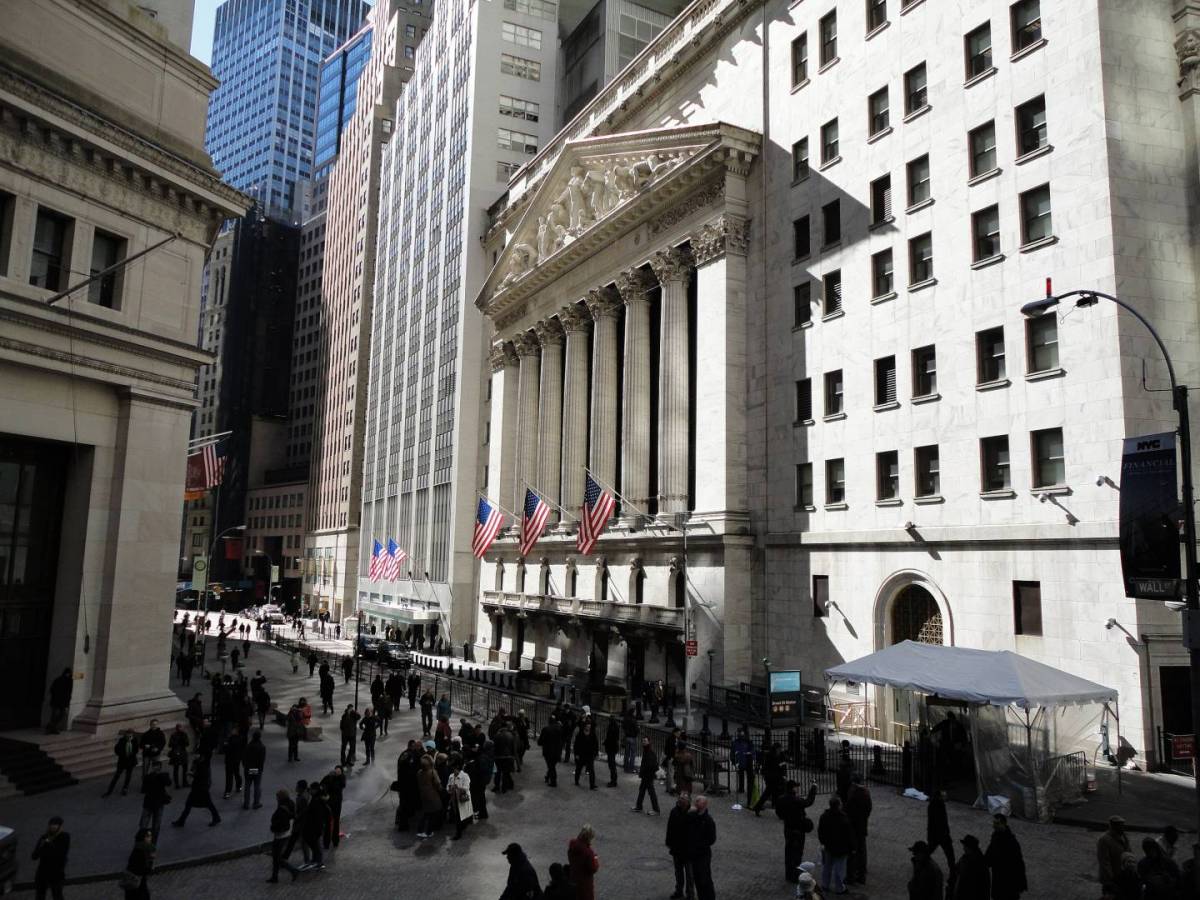
After the initial negative reaction to the onset of the pandemic, most stock markets around the world recovered dramatically during mid- to late-2020 and, with a few bumps along the way, throughout 2021. Supported by ample liquidity, record low interest rates and, of course, the forward looking nature of the markets which focus as much, if not more, on future earnings than current profits, a number of stock markets touched record highs in Q4 2021 or the early days of 2022.
Obviously, as with any stock market where prices have risen to or close to record highs, there is a great temptation for investors to lock in trading profits by selling shares and buying back once any correction has taken its course.
Stock markets the world over move on economic fundamentals but rumours, speculation and short term bad news on the geopolitical front also play a market part in driving prices and index upwards or down,
However, currently there are two major factors which are exacerbating the recent turmoil and the downward adjustment of stock prices, and making the outlook uncertain for prices and stock valuations for the foreseeable future.
One, the prospect of higher interest rates, has been with us for some time, partially forgotten in the background as the DJIA moved inexorably upwards. Although it’s just a question of time before interest rates do rise, the stock market dislikes uncertainty. The other is a relatively new, albeit recurring, geopolitical issue where Russia, one of the US’ major competitors on the world power stage, is again threatening action in the Ukraine.
Interest rates
Historically low bond yields and a massive fiscal stimulus enticed investors into riskier assets, including stocks, during 2020 and 2021; such factors being major contributors to the outperformance of the S&P 500 over such time, with easy pandemic monetary policy giving the necessarily strong support to asset prices.
However, it’s been known since interest rates dropped to record lows and the Federal Reserve (the “FED”) started buying huge quantities of bonds that there would come a day when the buying had to stop and rates started to rise again. After all, economic and interest cycles have come and gone numerous times before. It’s just that the timing and frequency of the FED’s action now looks more and more likely to start within the 1H 2002. Even though rate increases may be relatively small, stock markets don’t typically like higher rates as it makes borrowing higher for listed companies (lower profits), tighter credit generally plus, for dividend investor and alternative to investing in the stock market—meaning some fund outflows with the associated share price reductions—already apparent in the NASDAQ.
Naturally, when there’s an alternative to equities for yield, most investors recalculate the equity risk premium and highly priced shares can expect to lose some of their lustre.
Higher interest rates also mean that investors in the primary bonds market earn higher coupons on new issues, thereby placing pressure on prices of outstanding bonds in the secondary market which are paying less.

The New York Stock Exchange has seen much better days than January 24, 2022.JLEON
Geopolitical tensions
If the spectre of higher interest rates was not bad enough for the stock market, fears of military conflict in Ukraine has spooked many investors and recently caused global stock markets to fall sharply.
European markets tumbled by 3.8% to their lowest levels since October and some £53bn of the value of the UK’s blue-chip share index was lost after NATO said it was reinforcing its eastern borders with land, sea and air forces as a Russian invasion of Ukraine appeared increasingly likely.
Formal talks between the US and Russia have failed to pave the way to a compromise solution and fears of a possible war are driving the risk-off trade with bonds rising.
On the back of the rout in technology stock on the NASDAQ, this latest dimension has added yet more to the risk-aversion sentiment currently prevailing in stock markets.

Image credit Photograph: Brendan Hoffman/Getty
How investing in real estate private equity could be a better option for investors rather than investing in stocks
For any investors looking to exit stock markets as the perceived risks grow or, even for those who simply prefer a more stable, secure investment, it’s hard to beat long-term investment in real estate
Indeed, under the right circumstances, real estate can be a great alternative to stocks, offering lower risk, yielding better returns, and providing greater diversification. At the end of the day, people will always need somewhere to live.
Obviously, the decision to invest in real estate or stocks, which offer different risks and opportunities, is a personal choice which can depend on a person’s financial situation, risk tolerance, goals and investment style.
Real estate investment can provide a passive income stream by both collecting rents and through appreciation, as property values go up, thereby offering the potential for substantial appreciation. Furthermore, when buying real estate, physical land or property is being acquired and, on balance, real estate offers lower economic and inflationary risks than stocks.
But what are some of the key advantages of investing in multi-family real estate that means it has significantly less risk than investing in the stock market?
Of all the real estate asset classes, multi-family is one of the most favoured sectors for investment—and likely to remain so given the aforementioned interest rate and geopolitical risks.
Rental and investment returns
Investing in a multi-family deal usually means that investors start receiving (passive) income from the outset. As the property is receiving rentals every month, investors will be receiving regular distribution checks, and typically an average of 7% cash-on-cash return. In addition, the value of properties is likely to continue to appreciate.
Financing
Funding from a variety of lenders is available to acquire multi-family homes is readily available and the effects of such leverage means that gains are magnified. Currently, loans to acquire a multi-family property can be obtained at a very low interest rates. Furthermore, it’s possible to refinance the property in order to pull out equity tax-free.
Effects of Depreciation and Capital Expenditure
Income from multi-family properties attracts little or to no tax on capital gains by deducting depreciation and capital expenditure from the property’s income, and which can help increase profits for investors
“Value-adding”
Certain multi-family properties offer the opportunity to upgrade or renovate, otherwise called “value-adding”. Adding value helps justify rental increases which, in turn, adds extra income to returns, as well as helping with appreciation of the property over time.
There are many ways to add value, from exterior improvements such as painting or landscaping to complete unit upgrades, providing new bathrooms and kitchen or amenities and technological improvements in order to attract more renters.
Many investors are professional commercial lenders
Commercial lenders are by far the largest debt investors in multi-family apartments, usually offering around 70%-75% of the funds required to purchase such properties. Before lending they will have researched the quality of the market and the performance of multi-family building operators well before agreeing to provide financing.
Risk ratios
The Sharpe ratio is an economic measure which assesses the risk adjusted return of an investment. The higher the Sharpe ratio the better the return and the lower the risk—over any long-term period, commercial multi-family has the best Sharpe ratio of any other real estate asset class.
We at CPI Capital know that, historically, real estate is the greatest driver of multi-generational wealth.
Investment in real estate has many advantages over investing in the stock market—and investing in multi-family properties, thanks to its primary advantages such as sustained, growing demand, increasing retiree growth numbers and affordability of buying vs renting is likely to remain a highly favoured play.
And, perhaps, even more so given the far greater risks posed by interest rate increases and the current geopolitical tensions due to the Russia/Ukraine situation.
Yours sincerely,
– Ava Benesocky
CEO, Co-Founder Canadian Passive Investing
– August Biniaz
Chief Strategy Officer, Co-Founder Canadian Passive Investing

Ready to build true wealth for your family?
It all starts with passive income. Apply to join the CPI Capital Investor Club.
Search
Recommended
